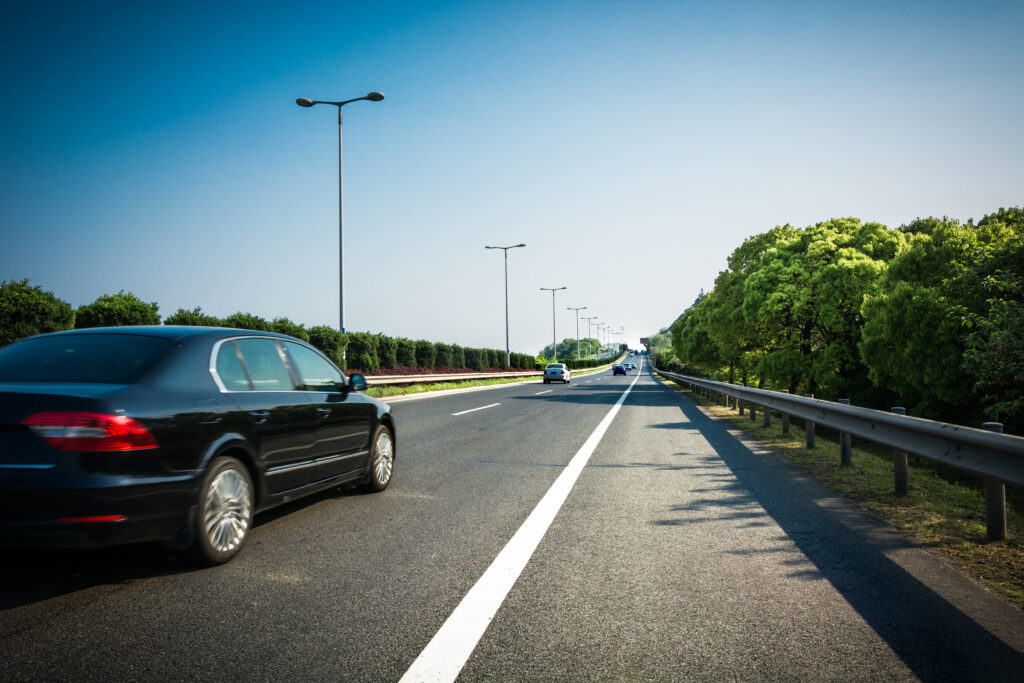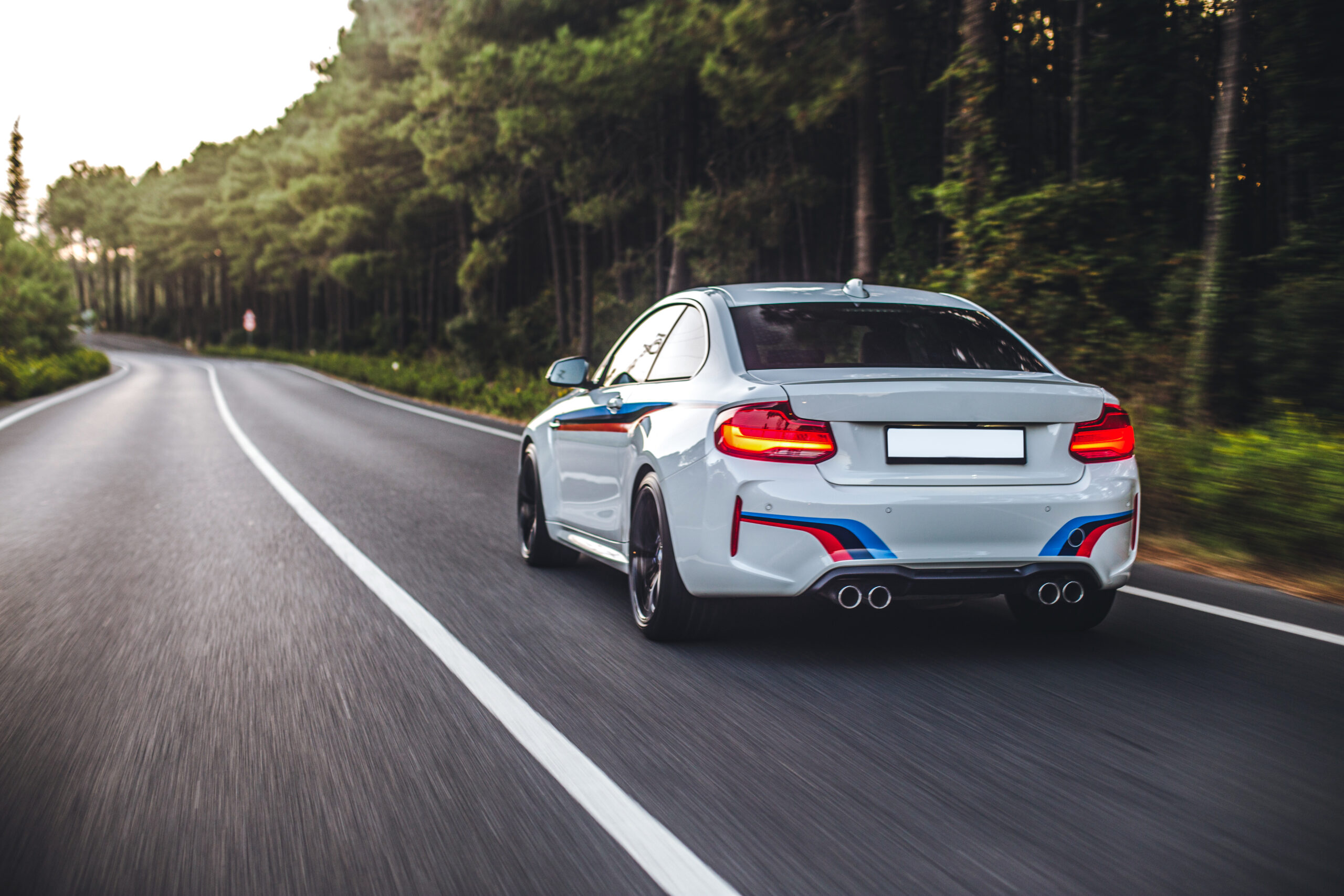When you’re out on the road, whether you’re driving a car or riding a motorbike, you’re surrounded by invisible “space zones” that are super important for your safety. Believe it or not, there are nine to fifteen space zones surrounding a vehicle, and managing these zones well can make all the difference between a smooth ride and a scary accident. Let’s dive into what these zones are, why they matter, and how you can keep yourself safe by understanding them – especially if you’re a motorbike rider or a driver.
What Are These Space Zones?
Imagine your vehicle is standing in the middle of a big box. This box is divided into different sections or “zones” around your vehicle. Each zone represents an area of space that you need to watch and manage carefully while driving or riding. The number of these zones can range from nine to fifteen, depending on how detailed you want to get, but the most common breakdown is seven to fifteen zones around your vehicle.
Here’s the basic idea:
- The vehicle itself occupies the center zone.
- The zones around it cover the space ahead, behind, to the left, and to the right – basically the entire area you need to monitor to stay safe.
- Each zone is about the width of a lane and extends as far as you can see in that direction.

Why Are These Space Zones Important?
Every driver or rider needs to manage these zones to avoid collisions. Think of it like having a personal bubble that you keep clear of hazards like other vehicles, pedestrians, or obstacles. If you don’t manage these zones well, you risk running into trouble because you either can’t see what’s coming or don’t have enough room to react.
For motorbikes, this is even more critical because bikes are smaller and less visible to other drivers. Managing your space zones means making sure you’re not in someone’s blind spot and that you have enough room to maneuver safely[9].
Breaking Down the Zones Around Your Vehicle
Let’s look at the typical zones you’ll find around a vehicle, including motorbikes:
- Front zones (usually 3 zones): These cover the space directly ahead of you in your lane and the lanes to the left and right. You need to keep these zones clear to see traffic signals, road signs, and any hazards like stopped cars or pedestrians[5].
- Side zones (usually 4 to 6 zones): These are the spaces to your immediate left and right, including the lanes beside you. These zones are where blind spots live, so you want to avoid lingering in other vehicles’ blind spots and be aware if someone is in yours[7][9].
- Rear zones (usually 3 zones): These zones cover the space behind you in your lane and the lanes beside you. While you can’t always control what’s behind, you should be aware of vehicles approaching quickly or tailgating[5][9].
- Your vehicle’s zone (1 zone): This is the space your vehicle occupies in the lane – the “bubble” you protect by managing the zones around you[2][5].
When you add it all up, depending on how you count, there can be anywhere from nine to fifteen zones around your vehicle[8].
How Does This Apply to Motorbikes?
Motorbikes are smaller and more agile, but that also means they’re easier to miss. Because of their size, motorbike riders need to be extra careful about space zones:
- Keep a bigger front-end cushion: Follow other vehicles, especially trucks and buses, at a greater distance – at least 10 seconds behind motorcycles and even more for large vehicles[9].
- Avoid blind spots: Never ride alongside a vehicle where the driver can’t see you. If you find yourself in a blind spot, speed up or slow down to get out of it quickly[9].
- Use lane positioning: Motorcycles can shift within their lane to increase visibility and space. This helps create a safer buffer zone and makes you more visible to others[7].
- Watch rear zones: Since you can’t control what’s behind you, be ready to react if a car is tailgating or following too closely[9].
Managing Changing Conditions in Your Space Zones
The space zones around your vehicle aren’t always the same. They can be:
- Open zones: Wide, clear spaces where you can move freely.
- Closed zones: Spaces blocked by other vehicles, obstacles, or poor visibility.
- Changing zones: Areas that switch from open to closed or vice versa, like when a car suddenly moves into your lane or weather conditions worsen[2][7].
Good drivers and riders constantly scan these zones for changes and adjust their speed, position, and communication (like signaling) accordingly. This helps keep the space cushion intact and reduces the risk of accidents.
Managing Space Zones Around Your Vehicle: A Key to Road Safety
Managing the space zones around a vehicle offers several key safety benefits that help keep you and others safe on the road. Here’s why paying attention to the nine to fifteen space zones surrounding your vehicle is so important:
1. More Time to React and Avoid Collisions
When you maintain a proper space cushion—the safe zones around your vehicle—you give yourself extra time to notice and respond to sudden changes in traffic. This could be a car braking unexpectedly, a pedestrian stepping onto the road, or a vehicle merging into your lane. That extra space means you’re less likely to be caught off guard and can brake or steer safely to avoid crashes like rear-end collisions or sideswipes.
2. Better Visibility of the Road and Hazards
Keeping space around your vehicle improves your ability to see what’s ahead, behind, and beside you. This wider field of vision helps you spot traffic signals, road signs, and potential dangers earlier. For example, you can better anticipate a car slowing down far ahead or a pedestrian crossing, giving you a head start to adjust your driving.
3. Avoiding Blind Spot Accidents
Space management means not driving in other vehicles’ blind spots and ensuring they’re not in yours. This is crucial because many crashes happen when drivers or riders don’t see each other. By maintaining space zones, especially to the sides, you reduce the risk of dangerous lane-change collisions or sideswipes.
4. Room for Emergency Maneuvers
Having space around your vehicle gives you the freedom to react safely if something unexpected happens. Whether it’s swerving to avoid debris or quickly changing lanes to escape a hazard, those open zones provide the room you need to maneuver without hitting other vehicles or obstacles.
5. Reducing Stress and Improving Driving Comfort
When you have enough space around you, driving feels less cramped and stressful. You’re not constantly worried about being tailgated or boxed in by other cars. This calmness helps you stay focused and make better decisions on the road, which further enhances safety.
6. Protecting Against Driver Mistakes and Distractions
Since distracted driving causes a significant number of crashes, having a space cushion acts like a safety buffer. If you or another driver momentarily lose focus, that extra space can prevent a small mistake from turning into a collision by giving more time to correct the error.
7. Adapting to Changing Road Conditions
The space zones around your vehicle can open up or close down depending on traffic, weather, and road conditions. Managing these zones means adjusting your speed and position to keep your safe space intact, even when visibility is poor or roads are slippery. This flexibility helps you stay safe in all kinds of driving situations.
Why This Matters for Motorbikes and Cars Alike
For motorbike riders, managing these space zones is even more critical because bikes are smaller and less visible. Keeping a bigger front cushion, avoiding blind spots, and using lane position to increase visibility all rely on understanding and respecting these space zones. Car drivers benefit by reducing rear-end crashes and sideswipes and having more time to react to motorbikes and other vehicles sharing the road.
Tips to Keep Your Space Zones Safe
Here are some easy tips to help you manage the nine to fifteen space zones around your vehicle:
- Keep a safe following distance: At least 3-5 seconds behind cars, more for motorcycles and big trucks.
- Check your mirrors and blind spots often: Don’t rely only on mirrors; turn your head to look.
- Signal early: Let others know your intentions so they don’t accidentally block your space zones.
- Adjust speed and lane position: Slow down or speed up to maintain open zones and avoid closed ones.
- Stay out of other drivers’ blind spots: If you can’t see their eyes, they probably can’t see you.
- Be extra cautious in bad weather or heavy traffic: Space zones shrink in these conditions, so give yourself more room.
Why You Should Care
Knowing that there are nine to fifteen space zones surrounding a vehicle helps you understand just how much space you need to watch and control to stay safe. Whether you’re in a car or on a motorbike, managing these zones is your best defense against crashes. It’s like having a personal safety bubble that you protect by being alert, patient, and smart on the road.
So next time you hit the road, remember: your vehicle isn’t just a machine; it’s surrounded by invisible zones that need your attention. Master these zones, and you’ll ride or drive with confidence and safety.
Conclusion
In short, managing the nine to fifteen space zones around your vehicle is your best defense against accidents. It gives you more time, better vision, room to maneuver, and peace of mind—all essential ingredients for safer driving and riding. So next time you’re behind the wheel or on your bike, remember: your safety bubble is bigger than you think. Guard it well!


